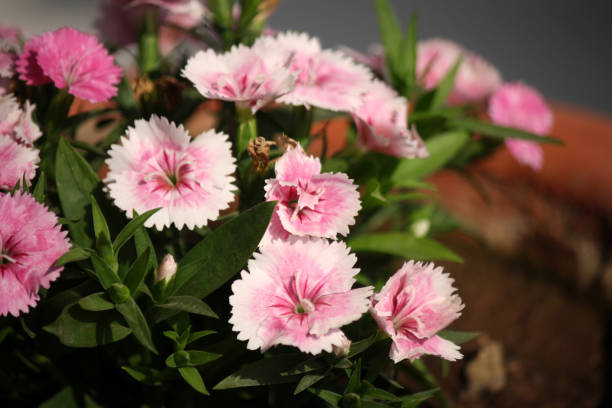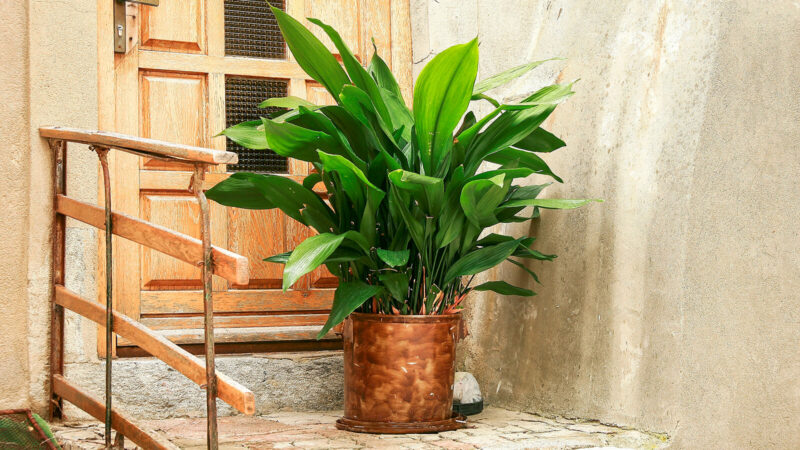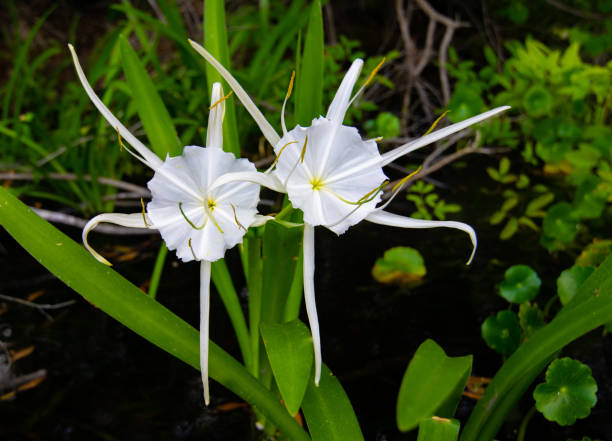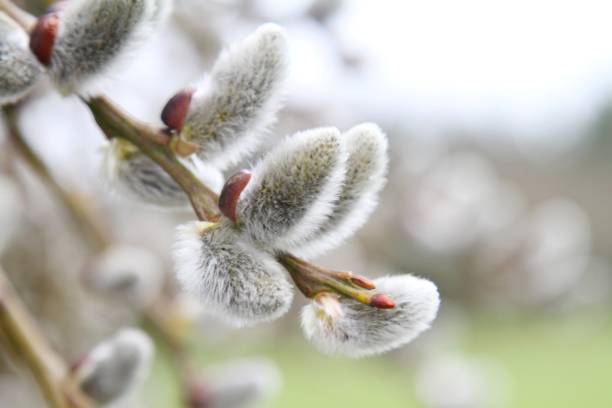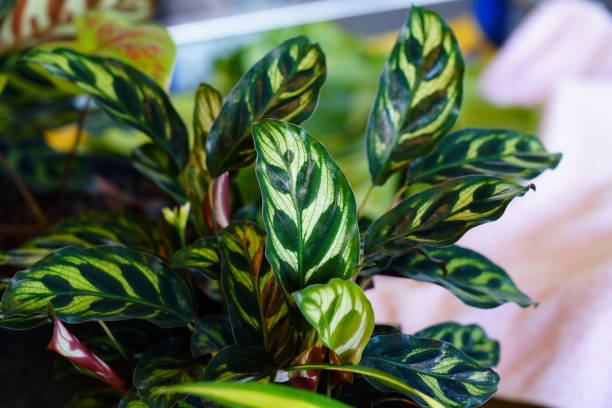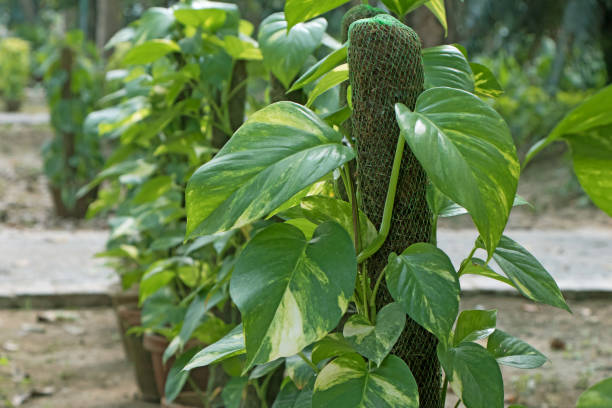The Ultimate Guide To Growing The Panicle Hydrangea
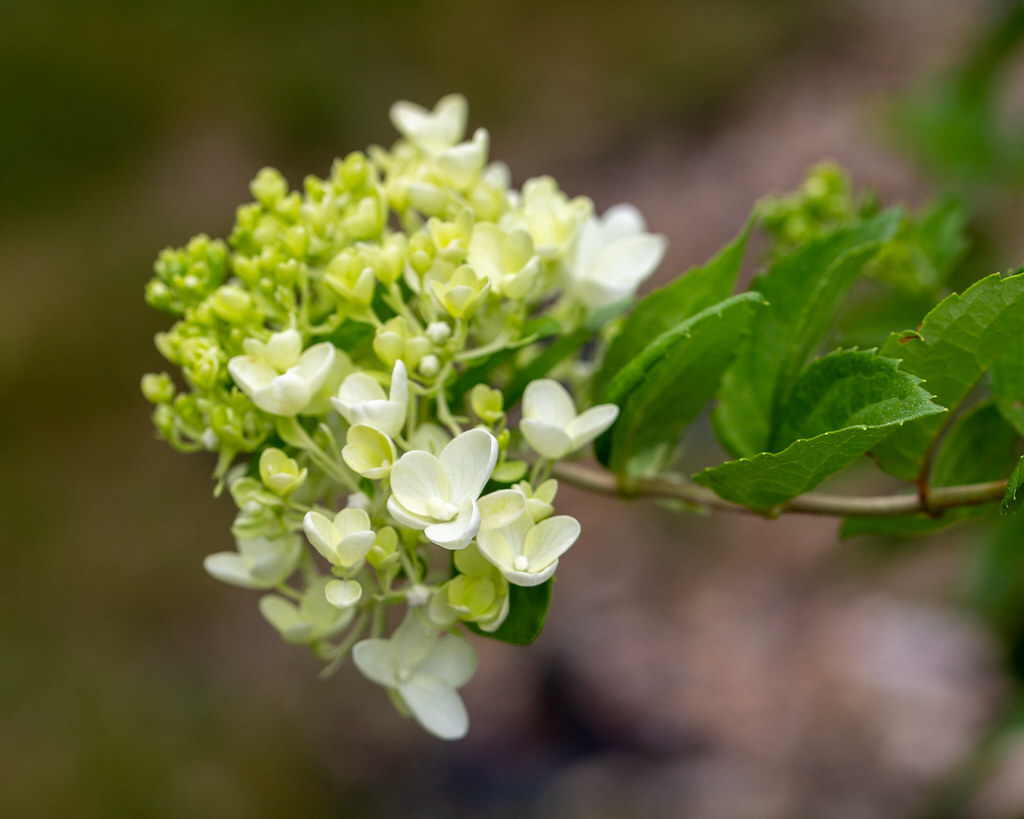
Do you want to add something attractive to your garden? Or do you want an easy to grow hardy plant for your garden? If yes, then the panicle hydrangea is the plant that will satisfy both your needs.
The panicle hydrangea, or the peegee hydrangeas as they are known popularly, are one of the hardy plants. Another name for these plants is hydrangea paniculata. They are among the most easy to grow and hardy types of hydrangeas you can have. This variety of the hydrangea is so reliable and easy to grow that even a child can make them thrive. In addition to this, they are also some of the most attractive flowering plants for the garden.
In the article, we have prepared a complete guide on how to grow the panicle hydrangeas; we will also explain other aspects related to this garden’s beauty.
Panicle Hydrangea
These are some of the tips which you should follow for growing this beautifying plant:
Where To Grow The Hydrangea Paniculata?
One of the things for which the panicle plants are famous other than their attractiveness is that they grow in large parts of Northern America. You can grow them from the USDA zones, which fall anywhere between 3 to 8. This makes them a good option for both the chilly as well as sunny zones. The good thing is that you can count on them for gorgeous blooms in the summers in all these zones.
In short, the panicle plants are one of the most hardy ones for both cold and hot climates. They are tolerant to both types of climate and thus popular among gardeners.
How To Grow Panicle Hydrangea?
When you go for the panicle hydrangea plant addition to your garden landscape, consider the following things. These things are essential for their good blooming and excellent thriving:
Sunlight
Light plays a main role in the growth of all types of plants, and this is why picking up the right spot is essential. The panicle hydrangea variety is one of the most sun-tolerant types among the various varieties of the hydrangea plant.
This is why you can plant them in areas where they get at least 6 to 8 hours of light. For the colder climate region, you can also plant them in areas where they get at least 4 hours of light. However, avoid planting them in direct sun as it may lead to sn burn on the leaves of the plant. Plant them in spots where they can get shade during the afternoon sun.
Soil
These are some of the soil tips which you should follow for a healthy and thriving hydrangea paniculata:
- The panicle hydrangea plants are tolerant to most types of soil. All you need to look for is that the soil provides good drainage. However, you can also try methods like raised gardens for better drainage.
- Good drainage is an essential thing in the panicle plants as otherwise, the excess moisture can lead to rotting of the plant root.
- You should also avoid planting the panicle in any areas where the water or moisture stays for too long.
- Other than this, they are tolerant to most types of acidic levels and can grow in both acidic and alkaline soil.
So, if you provide good drainage, you can go for any type of soil for the panicle hydrangea tree and plants.
Planting The Panicle Hydrangea
For planting the panicle, follow these tips:
- Use the regular soil in your garden landscape.
- Don’t add any kind of compost, commercial potting mix, or organic compost into the plantation hole.
- This is essential as the addition of any other thing than the regular soil will lead to water penetration quickly into the soil. Thus the water will reach the bottom of the hole but will slow down when reaching the bottom and stay there for longer. This will lead to the rotting of the roots.
- So, it is best to use the natural soil without any addition.
- After planting, water them mildly.
- You should also do some mulching around the bottom to help them thrive better.
These are some tips that will help you grow the panicle hydrangea easily in your garden.
Watering
The panicle hydrangea tree and plant both require regular water during the initial years of growth. You will need to water them for at least one to two years during the growth years.
The good thing about the panicle plants is that once they establish themselves, they are one of the most drought-resistant plants. However, if the weather is too hot or dry, then for better blooming regular watering is essential.
Fertilizer
In most of the regions, the panicle hydrangeas don’t require any kind of fertilizers for their growth. However, if you want quick results, then you can go for some granular type of fertilizers for it. When choosing the fertilizers for it, remember that you go for shrub-specific fertilizers like rose fertilizers. The best season for providing it with fertilizer is the early spring season.
One thing which you should be aware of is to avoid excessive fertilizer use. This is essential as an overdose of fertilizer will lead to weak stems.
Pruning
The panicle hydrangea plants bloom better on the new woods. This means that they will create their flower buds of year when they leaf out during the springs. It also means that you can go for pruning them without the risk of impacting their bloom negatively.
However, pruning is not a necessary thing in panicle plants. The best time for pruning the hydrangeas is during the late fall season.
These are some of the tips which you should remember for growing the panicle hydrangea efficiently and easily. However, the hydrangea paniculata is a hardy plant, so it will not need much work for growing.
Final Words
Do you want to have an attractive flowering plant in your garden which is also easy to grow? If yes, then panicle hydrangea is the option for you.
The panicle hydrangea is one of the most easy to grow and reliable types of flowering plants. Good thing about these plants is that you can grow them in a wide variety of USDA zones around the country.

